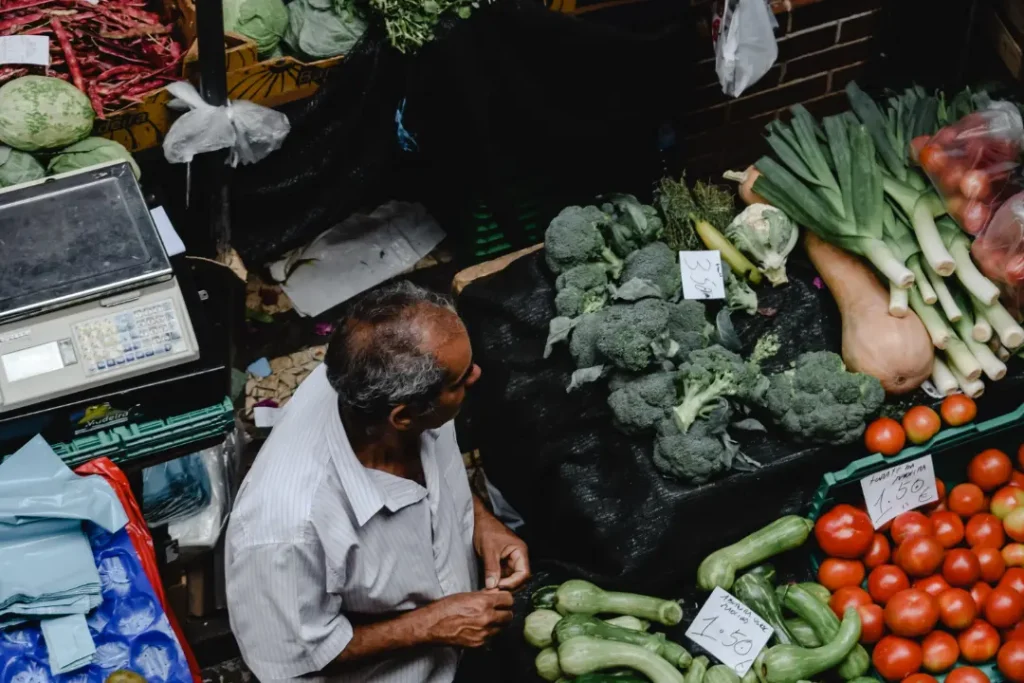In a world where culinary trends are ever-evolving, one concept remains timeless and essential: seasonal foods. The practice of sourcing and serving seasonal ingredients in restaurants is not merely a trend; it’s a philosophy that celebrates nature’s rhythm, culinary diversity, and sustainability. In this blog post, we’ll delve into the importance of incorporating seasonal foods in restaurant menus and how it enriches both the dining experience and the environment.
The Symphony of Flavours in Seasonal Foods
At the heart of seasonal foods lies a symphony of flavors that reach their zenith when harvested during the appropriate time of year. Whether it’s the juicy sweetness of summer berries, the hearty warmth of autumn squashes, or the crisp freshness of spring greens, these ingredients deliver an unparalleled taste experience that can’t be replicated when they’re out of season. Each season offers a unique palette of flavors, enticing both chefs and diners alike.
Supporting Local Agriculture
By embracing seasonal foods, restaurants play a vital role in supporting local farmers and agriculture. When restaurants prioritize locally sourced produce, they contribute to the growth of the community and the local economy. This practice fosters a sense of partnership between restaurants and farmers, creating a sustainable food ecosystem. It’s a win-win scenario where restaurants gain access to fresh ingredients, and farmers gain a stable market.
Reducing Environmental Impact
Sourcing seasonal ingredients often means reduced transportation distances and a lower carbon footprint. Foods grown in their natural season are more likely to be found closer to the restaurant, cutting down on emissions associated with long-haul transportation. This environmentally conscious approach aligns with the growing concern for sustainable dining practices. By reducing their ecological footprint, restaurants not only appeal to eco-conscious diners but also contribute to a healthier planet.
Menu Creativity and Innovation
Seasonal foods challenge chefs to innovate and craft new dishes based on the available ingredients. This encourages creativity in the kitchen and provides chefs with opportunities to experiment with flavors, textures, and cooking techniques. As a result, diners are treated to menus that evolve with the changing seasons, offering exciting variations during each visit. It’s a testament to the chef’s artistry and adaptability.
Connecting with Nature’s Rhythms
Incorporating seasonal foods into restaurant menus is a way of reconnecting with nature’s cycles. It encourages an appreciation for the ebb and flow of the seasons, deepening the connection between food and the environment. This connection can enhance the overall dining experience, allowing patrons to savor each bite with a greater sense of awareness. It’s a reminder that food is not merely sustenance; it’s a reflection of the natural world’s rhythms.
Community Engagement and Education
Seasonal menus can also serve as educational tools, raising awareness among diners about the benefits of consuming foods in their natural seasons. Restaurants can provide information about the local farms and producers they collaborate with, fostering a deeper connection between diners and their food sources. By engaging with the community in this way, restaurants become more than places to eat; they become hubs of knowledge and awareness.
In conclusion, the inclusion of seasonal foods in restaurant menus goes beyond a culinary choice; it’s a commitment to sustainable practices, community support, and culinary excellence. By embracing the beauty and diversity of each season’s bounty, restaurants not only offer exceptional dining experiences but also contribute to a more conscious and harmonious relationship between food, nature, and the community. It’s a celebration of flavors, a nod to tradition, and a step towards a more sustainable and flavorful future in the world of dining.
Visit our Instagram to stay updated on our blog posts, the latest news, and become a valued member of the ouichef community.

